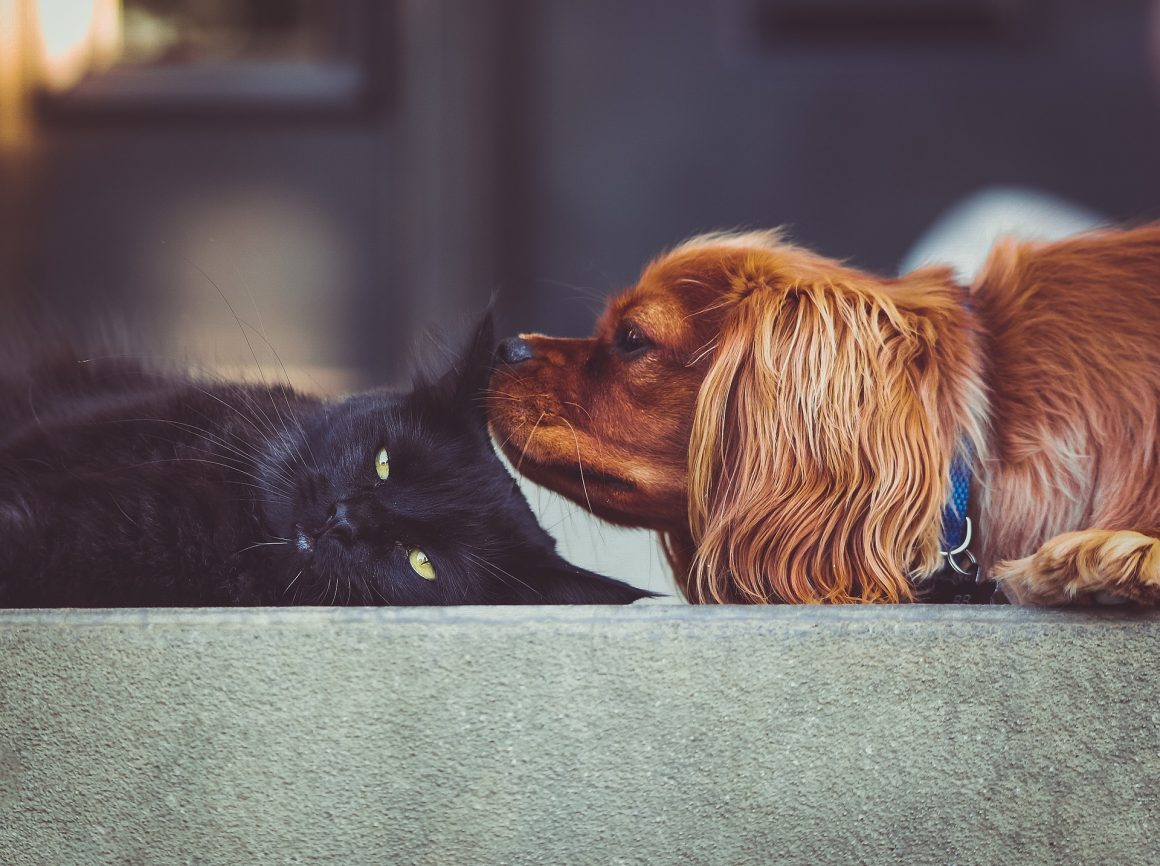
It’s about time pet cosmetic surgical procedures were banned
By Hurmut Humayun, March 21 2019 —
The Alberta Veterinary Medical Association has banned cosmetic procedures such as ear cropping, tail docking and declawing for cats and dogs — and it’s about time. These procedures have no legitimate medical basis and create unnecessary physical pain and discomfort for animals. Cats and dogs come in all shapes and sizes, each with their own wonderful and unique personalities. Potential owners should love their animals the way they are naturally or reconsider whether they are mature enough for pet ownership.
Dog procedures like ear cropping and tail docking are performed to make the animal appear “prettier” or “fiercer,” as well as for baseless medical reasons such as preventing ear infections. Ear cropping originally emerged because of dog ears being damaged in fights. Breeds such as American pit bull terriers, which were originally bred to fight, still harbour a negative image from when dog fighting was legal and common. Cropping their ears to make them look more aggressive contributes to a dangerous dog stereotype that responsible owners face. This leads to unfair breed-specific legislation, like bans on pit bulls in Ontario and Winnipeg.
Other cosmetic procedures are done to meet breed standards. The Canadian Kennel Club breed standards outline the ideal appearance, temperament and movement for 175 breeds. Standards regarding appearance often include tail structure and ear shape. While it’s one thing to reward owners who can train their dogs to perform tasks and listen to orders, it’s wrong to celebrate those who mutilate their animals for the sake of a trophy.
Declawing and devocalization are also among the banned procedures. Declawing is the surgical amputation of all or part of an animal’s claws. Some cat owners declaw their pets to prevent scratching of furniture and people. Cats who have gone through the declawing often develop behavioural issues such as biting and litter box problems. This can overwhelm owners, leading to them surrendering their cats to pounds, most of which are already struggling to take care of their animals due to overcrowding and limited funds.
Devocalization is the removal of an animal’s vocal cords in order to lessen the volume of their bark or meow. While the operation does decrease the volume of an animal, it doesn’t actually decrease any excessive vocalizing it might be doing or address the reason why the animal is making noise in the first place. Animals exhibit excessive vocalization for several reasons, including poor training, fear or boredom. Responsible pet owners should address the root cause of their pet’s vocalization through training or choosing to own less-vocal animals.
It’s about time that these cosmetic surgical procedures for pets were banned. These procedures are cruel and don’t actually help the animal. Train your pet well and love them for who they are.
